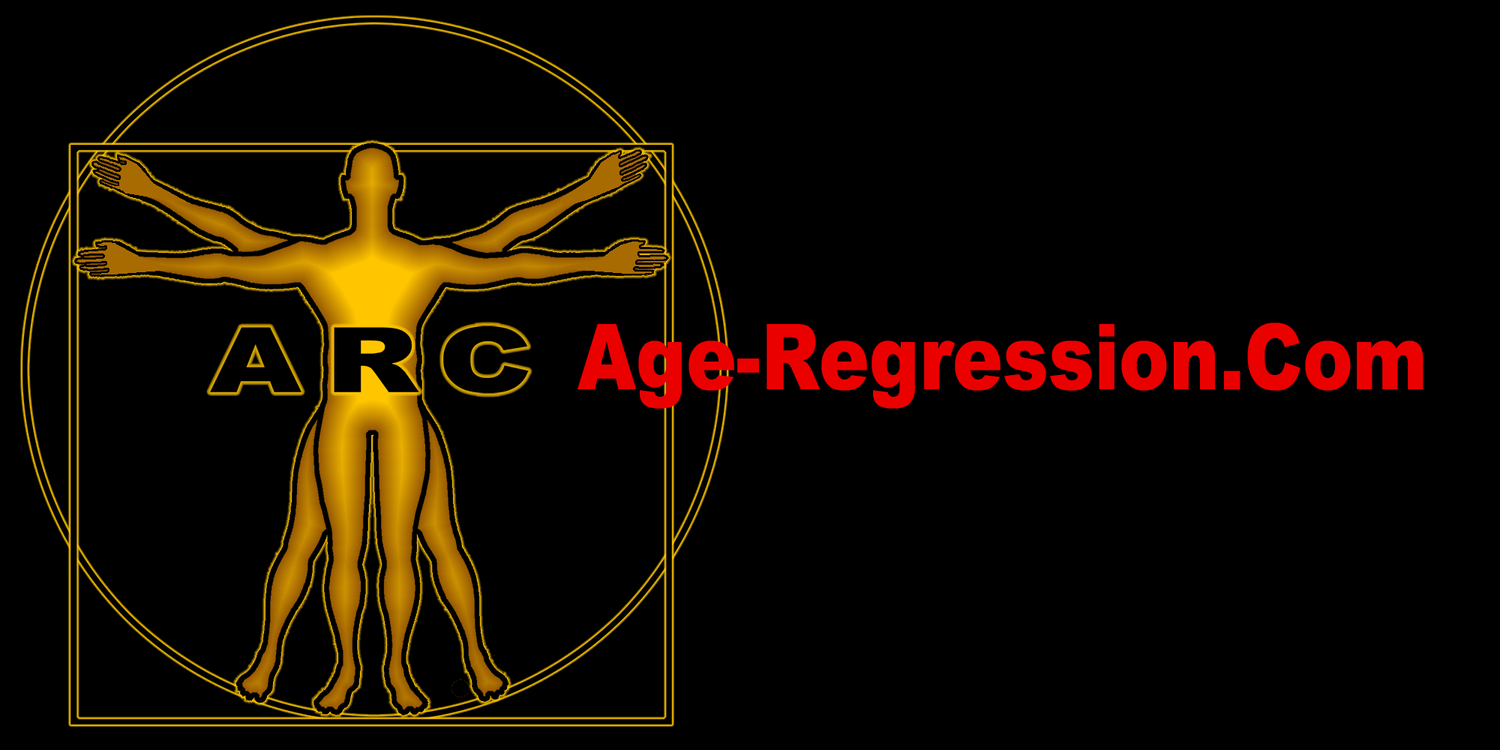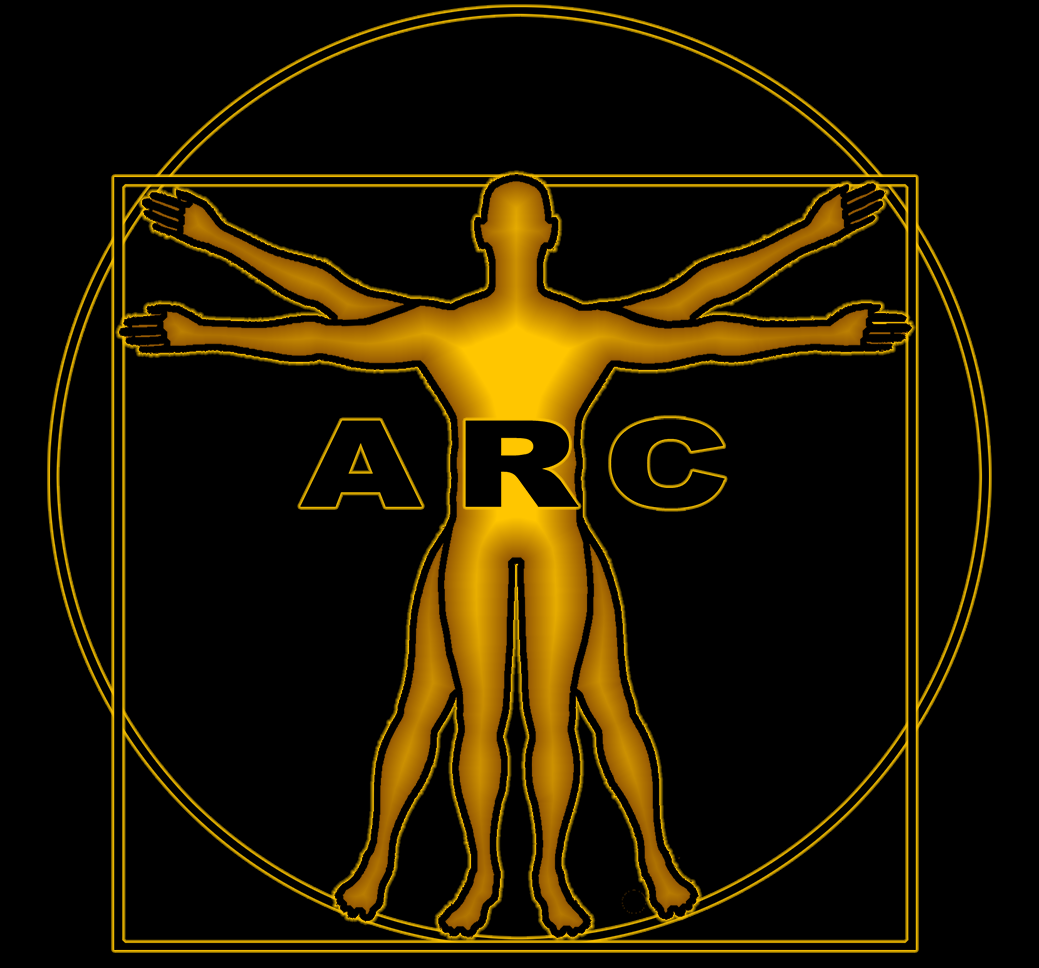Quantum Biology
Quantum biology provides a novel perspective on how fundamental quantum effects like superposition, entanglement, and coherence underpin and enhance the efficiency and precision of biological processes. In development, these quantum principles could optimize signaling pathways and cellular interactions, ensuring proper growth and differentiation. In aging, they influence the function and levels of hormones, growth factors, and cellular communication systems like exosomes. Understanding these connections will enable us to reveal new mechanisms of aging leading to innovative approaches in age-related therapies and regenerative medicine. The history of medicine is repleat with valuable medications and therapies that we did not understand their mechanism of action for many years. Aspirin is one such example. Young plasma is a prime example of a simple to obtain, highly complex substance that addresses the unknown requirments of aging through quantum biological signaling.
The foundations of quantum biology can easily be seen in the literature, where research by physicists, biologists, chemists, and engineers has converged on overlapping interests such as: photosynthesis and catalysts (particle/energy transfer), magnetoreception, non-chemical signaling (light-based), metabolism (mitochondrial respiration), imaging and olfaction (sensing). [2024] Accelerating an integrative view of quantum biology
Quantum Biology by Tom Casey
Only life begets life. All of our key biological processes are quantum processes. That means our consciousness, DNA replication, cellular functions, electron transport chain, and mitochondria, do not function or heal properly unless our body is in a state of quantum coherence.
Michio Kaku (5:55): https://www.youtube.com/watch?v=Wq1FgtUcuQA
“Mother Nature is quantum and that is why we have to make the transition to quantum. Cancer, Parkinson’s, Alzheimer’s disease are diseases at the molecular level. We are powerless to cure these diseases because we have to learn the language of Nature, which is the language of molecules and quantum electrons.”
Life on the Edge: The Coming of Age of Quantum Biology
Life is the most extraordinary phenomenon in the known universe; but how does it work? Even in this age of cloning and synthetic biology, the remarkable truth remains: nobody has ever made anything living entirely out of dead material. Life remains the only way to make life. Life on the Edge alters our understanding of life's dynamics. Photosynthesis relies on subatomic particles existing in many places at once, while inside enzymes, those workhorses of life that make every molecule within our cells, particles vanish from one point in space and instantly materialize in another. The hitherto missing ingredient into the biggest puzzle of all: what is life, is this explosive new field of quantum biology.
A stark comparison can be made between succeeding in reviving a living organism and failing to resurrect life from death.
https://www.washingtonpost.com/science/2023/07/27/nematode-revived-siberian-permafrost
Roundworms frozen alive thousands of years revive and successfully reproduce 100 generations.
Resurrecting a dead woolly mammoth back to life isn't possible. The last woolly mammoths died out nearly 4,000 years ago. While the -5C Siberian permafrost preserved large amounts of their genetic material, these mammoths are biologically dead and cannot be revived nor directly cloned. Instead, their genetic material must be spliced together with living Asian elephant cells to produce a hybridized animal. This hybrid — referred to as a "mammophant" — may look and behave much like the woolly mammoth; however, it will be something entirely new. Organ donations rely on a recipient match, preservation, and time. Blood bank cells and plasma are collected, tested, biopreserved and recipient matched. Banked eggs and sperm are cryopreserved. Ex-vivo autologous tissue-specific stem cells and gene-edited cells are alive and efficacious. All are examples of the essential properties and benefits of quantum biology.
Just prior to an organ transplant being removed from the donor, each organ is specially prepared in an ice-cold preservation solution that contains electrolytes and nutrients. The organs are then placed in sterile containers, packaged in wet ice, and transported to the recipient's transplant center. It is important to transport the organs from the donor to each intended recipient as quickly as possible. Hearts and lungs must be transplanted within approximately 4 hours after being removed from the donor. Intestines can be preserved approximately 8 hours; a pancreas can be preserved 8 - 12 hours; livers can be preserved between 12 - 18 hours; kidneys can be preserved 24 - 48 hours.
Successful stem cell culturing requires the recreation of the in vivo stem cell microenvironment, or “niche”, which includes growth factors, cell-to-cell interactions, and cell to matrix adhesions, then cryopreservation until administration.
As with biopreserved blood plasma, life at a quantum level supports and creates life. Nutrients, synthetic drugs, and sterilized biologics are at a binary physics level and can only supplement life, but not create life nor living structures.
SpecPlasma is collected from healthy young living donors and biopreserved at -80C.






